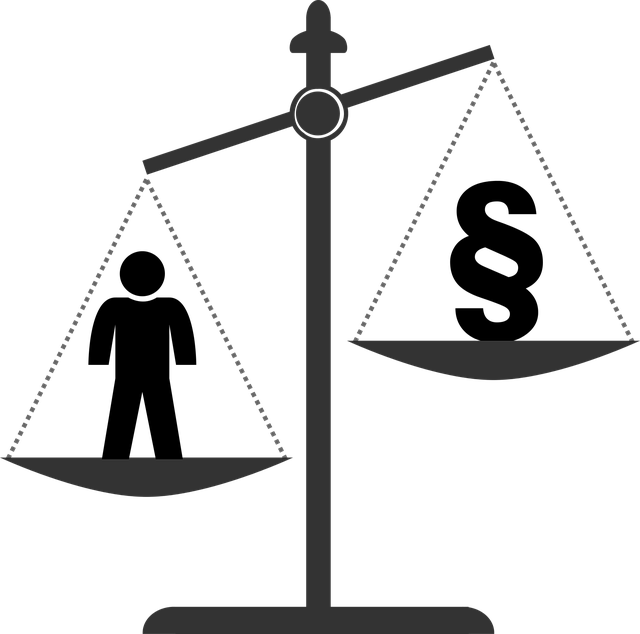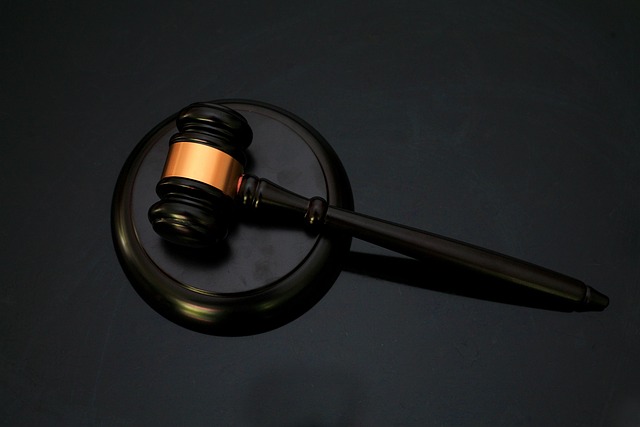Regulatory fraud laws protect business integrity by penalizing intentional deception in compliance matters, including contract breaches. Individuals and organizations facing such breaches must gather evidence, consult white-collar defense specialists, cooperate with authorities, and follow legal procedures to avoid severe consequences like fines, reputational damage, and jury trials. Key indicators of a breach include non-compliance, delays, quality deviations, and unauthorized changes. Legal options include reviewing agreement terms, informal negotiations, arbitration, or filing a lawsuit, guided by experts to mitigate damages and protect interests within philanthropic and political communities. Preventive measures like regular contract reviews, internal controls, transparent communication, employee training, audits, and proactive investigations are crucial to effectively address breaches and prevent future fraud.
“Regulatory fraud laws serve as a critical safeguard, protecting businesses and consumers alike from intentional contract breaches and fraudulent activities. This comprehensive guide delves into the intricate world of these laws, offering a clear understanding for professionals navigating complex agreements. From recognizing subtle signs of manipulation to outlining legal recourse after a breach, we explore practical ‘steps to take after contract breach’ scenarios. Additionally, discover preventive strategies to safeguard against potential risks, ensuring your business remains resilient in an ever-evolving regulatory landscape.”
- Understanding Regulatory Fraud Laws: An Overview
- Identifying Contract Breaches: Key Indicators and Examples
- Immediate Steps After Discovering a Contract Breach
- Legal Actions and Rights Following a Breach
- Preventive Measures: Mitigating Risks of Contract Breaches and Fraud
Understanding Regulatory Fraud Laws: An Overview
Regulatory fraud laws are designed to protect the integrity of business dealings and maintain trust within various industries. These laws address intentional deception or fraudulent activities related to regulatory compliance, which can involve a wide range of offenses. Understanding these regulations is crucial for businesses to avoid legal pitfalls and ensure ethical practices.
In the event of a contract breach, which could be considered a form of regulatory fraud, there are specific steps individuals and organizations should take. This may include gathering evidence, consulting with legal experts specializing in white-collar defense, and cooperating with authorities. The consequences of regulatory fraud can be severe, leading to substantial fines, damage to reputational standing, and even jury trials. Additionally, the impact extends beyond financial losses; it can disrupt the operations of philanthropic and political communities that rely on transparent business practices.
Identifying Contract Breaches: Key Indicators and Examples
Identifying contract breaches is a crucial step for both businesses and individuals to understand their rights and take appropriate action. Key indicators include non-compliance with agreed-upon terms, delays in performance or delivery, significant deviations from the specified quality standards, and any unauthorized changes to the contract’s provisions. For instance, if a construction company fails to complete a project within the promised timeline or uses substandard materials, these would be clear breaches. Similarly, a software development firm delivering a product that significantly diverges from the outlined specifications is in violation.
Upon recognizing a breach, individuals and corporations should promptly take steps to mitigate potential damages and protect their interests. This may involve documenting evidence of the breach, including dates, communications, and any relevant experts’ opinions. Consulting with legal professionals specialized in contract law and criminal defense strategies (for corporate and individual clients alike) can help navigate the situation effectively. The goal is to avoid indictment by demonstrating reasonable efforts to mitigate losses and adhering to legal procedures, thereby ensuring a strong defense mechanism.
Immediate Steps After Discovering a Contract Breach
Upon discovering a contract breach, it’s crucial to act swiftly and decisively. The immediate steps one should take include assessing the breach’s severity and its potential impact on both parties involved. This initial evaluation is key in determining the best course of action moving forward.
Engaging with legal counsel specialized in general criminal defense is often the next vital step. They can provide guidance tailored to your specific situation, ensuring you understand your rights and obligations. This expert advice can help you navigate complex legal landscapes, aiming for a favorable outcome that may even result in the complete dismissal of all charges, or winning challenging defense verdicts.
Legal Actions and Rights Following a Breach
In the event of a contract breach, individuals and businesses affected have legal rights and recourse. The first step is to assess the breach and determine its severity. This involves reviewing the terms of the agreement and understanding the specific nature of the violation. Once identified, the aggrieved party can take several actions, ranging from informal negotiations to formal legal proceedings.
For high-stakes cases, where significant financial or reputational damage occurs, it is advisable to consult with legal experts. They can guide through the process, ensuring that all steps to take after contract breach are followed correctly. This may include sending a formal notice of default, initiating arbitration, or filing a lawsuit. Achieving extraordinary results in such cases often relies on robust evidence, strategic legal arguments, and a deep understanding of applicable laws, which can have far-reaching implications beyond the immediate dispute, potentially shaping interactions within philanthropic and political communities.
Preventive Measures: Mitigating Risks of Contract Breaches and Fraud
Preventive measures are crucial in mitigating the risks associated with contract breaches and fraud. For his clients, whether corporate or individual, a robust strategy involves regular review and updates to contracts to ensure they remain clear, concise, and enforceable. Implementing robust internal controls, such as segregation of duties and thorough background checks on personnel, can significantly reduce the likelihood of fraudulent activities. Moreover, establishing transparent communication channels and fostering a culture of integrity within the organization acts as a strong deterrent.
In addition to these steps to take after a contract breach, staying proactive by conducting regular audits and training sessions for employees across all stages of the investigative and enforcement process is vital. By empowering individuals with fraud awareness and the knowledge to recognize red flags, organizations can swiftly address potential issues before they escalate. This multi-faceted approach ensures that companies not only respond effectively to breaches but also actively protect themselves from future fraudulent activities.
Regulatory fraud laws are designed to protect businesses and consumers alike by holding perpetrators accountable. When a contract breach occurs, it’s crucial to act swiftly. The first step is to identify the breach through key indicators outlined in this article. Subsequently, taking immediate actions like preserving evidence and notifying relevant authorities is essential. Understanding your legal rights and options under these laws is vital, as is implementing preventive measures to mitigate future risks. By following the recommended steps after a contract breach, businesses can effectively navigate such situations and ensure compliance with regulatory fraud laws.






